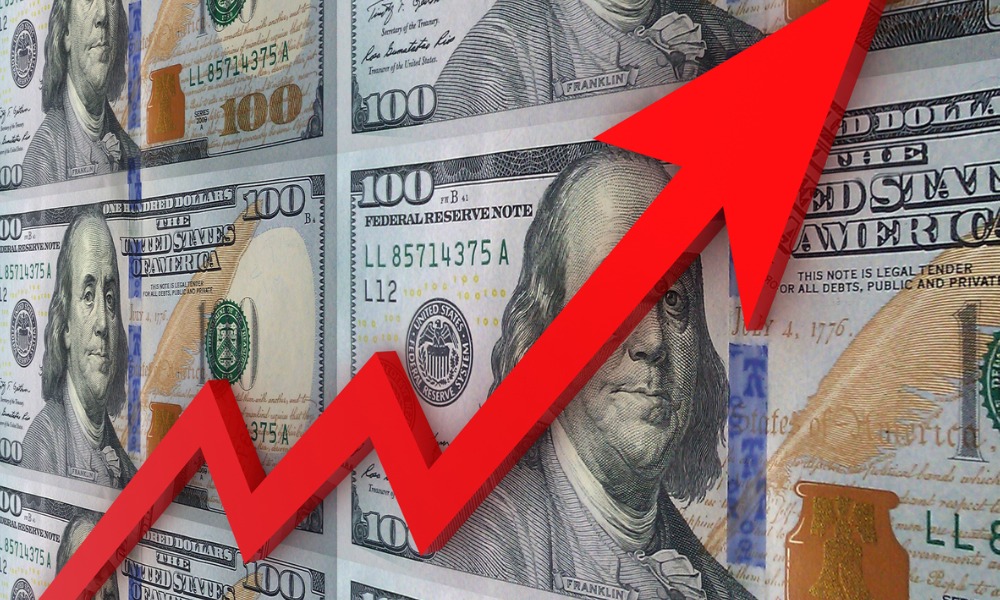September's strong job growth shifts market expectations, allowing the Fed to reassess future rate cuts

September’s stronger-than-expected payroll increase has moved the US economy away from recession concerns, providing the Federal Reserve with a clearer path toward a soft landing, according to CNBC.
While inflation remains an issue for consumers, the combination of a strong labour market, slower price increases, and lower interest rates has improved the economic outlook.
Beth Ann Bovino, chief economist at US Bank, commented on the situation, saying, “We’ve been expecting a soft landing. This just gives us more confidence that it seems to remain in place.”
She added that stronger-than-expected economic data for 2025 may even lead to a “no-landing” scenario, where growth continues at an impressive pace.
The nonfarm payrolls report for September showed a significant increase of 254,000 jobs, well above the Dow Jones forecast of 150,000. The report reversed the trend of slowing job numbers that began in April and quelled fears of a broader economic slowdown.
This unexpected rise in jobs, paired with a revision in August’s figures, has changed market expectations for Federal Reserve rate cuts.
Prior to the report, futures markets had been predicting larger rate cuts by the Federal Reserve. However, after the report, markets now expect just a quarter-point cut in both November and December, according to the CME Group’s FedWatch gauge.
This marks a shift from the earlier prediction of a half-point cut in December, followed by smaller cuts throughout 2025.
Beth Ann Bovino further noted, “If we continue to see a stronger-than-expected economy, that may give the Fed reasons to slow the pace of rate cuts through 2025, with that exit rate being a little higher than they currently expect.”
However, the September report was not without its challenges. More than 60 percent of the US job growth came from industries such as food and drinking establishments, healthcare, and government sectors—areas that have benefited from fiscal policies.
Additionally, there were technical issues, including a low response rate from survey participants, which could lead to revisions in the coming months.
Bank of America economists raised concerns about the Federal Reserve’s decision-making, asking, “Did the Fed panic?” in response to its half percentage point rate cut in September.
Meanwhile, David Royal, chief financial and investment officer at Thrivent, speculated that the Fed might not have made such a large cut if it had anticipated the strength of September’s report.
Kathy Jones, chief fixed income strategist at Charles Schwab, said the Federal Reserve faces difficult decisions as it approaches its next meeting in early November.
“The question becomes, how does everybody keep getting it wrong?” Jones asked, referring to the missed predictions for job growth. She emphasized that the Fed will need to determine whether to pause its rate cuts or continue at a slower pace given the unexpected strength of the US labour market.
Looking ahead, economists believe the Fed may need to reconsider its “neutral” rate of interest, which neither stimulates nor restricts growth, as recent data suggests rates may settle higher than anticipated.
Jones added, “What does the Fed do with this? Certainly, 50 basis points is off the table for the next meeting.”
Despite these uncertainties, the broader economic picture remains positive. Elizabeth Renter, senior economist at NerdWallet, pointed out, “We’ve witnessed a pretty remarkable economy over the past few years, despite some naysayers and lacklustre consumer sentiment.”
As the Federal Reserve deliberates its next steps, the stability of the US economy and the resilience of the labour market provide reassurance that a soft landing remains achievable, barring any major disruptions.



